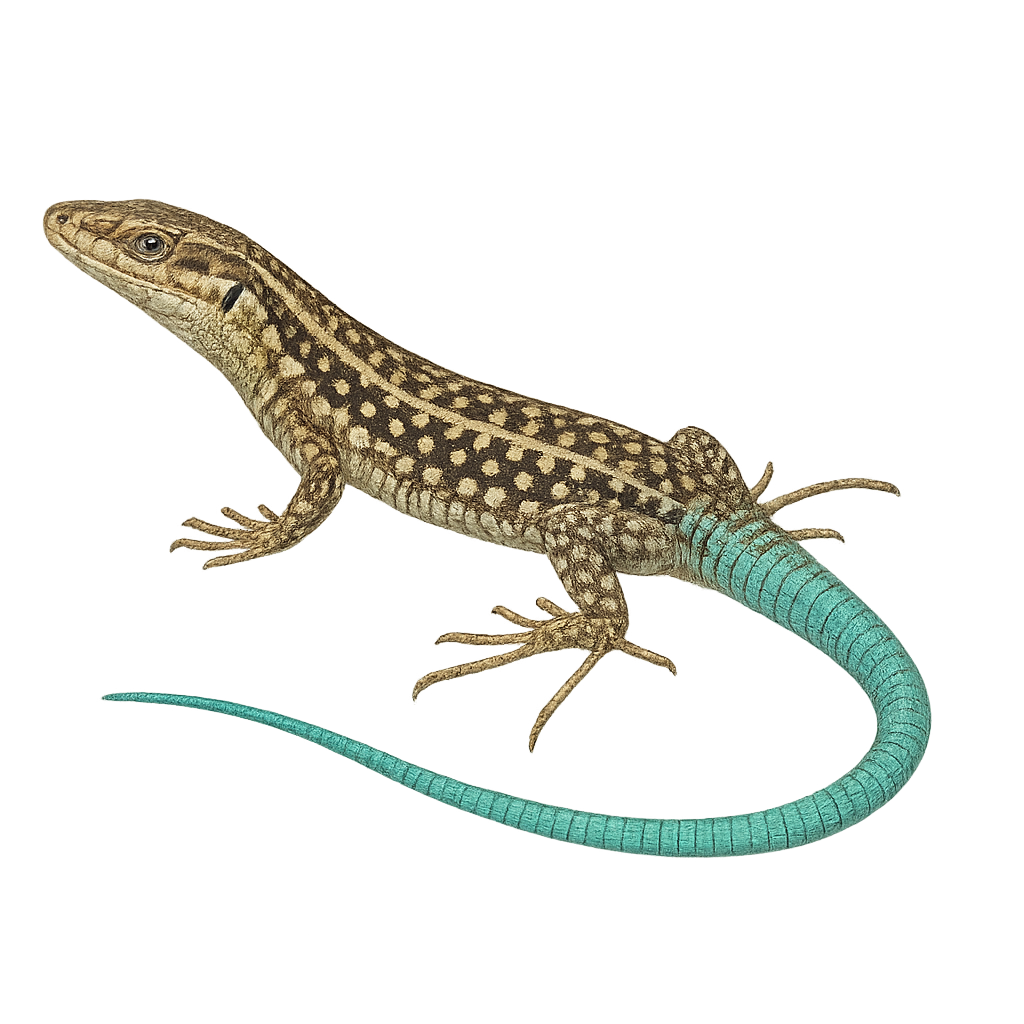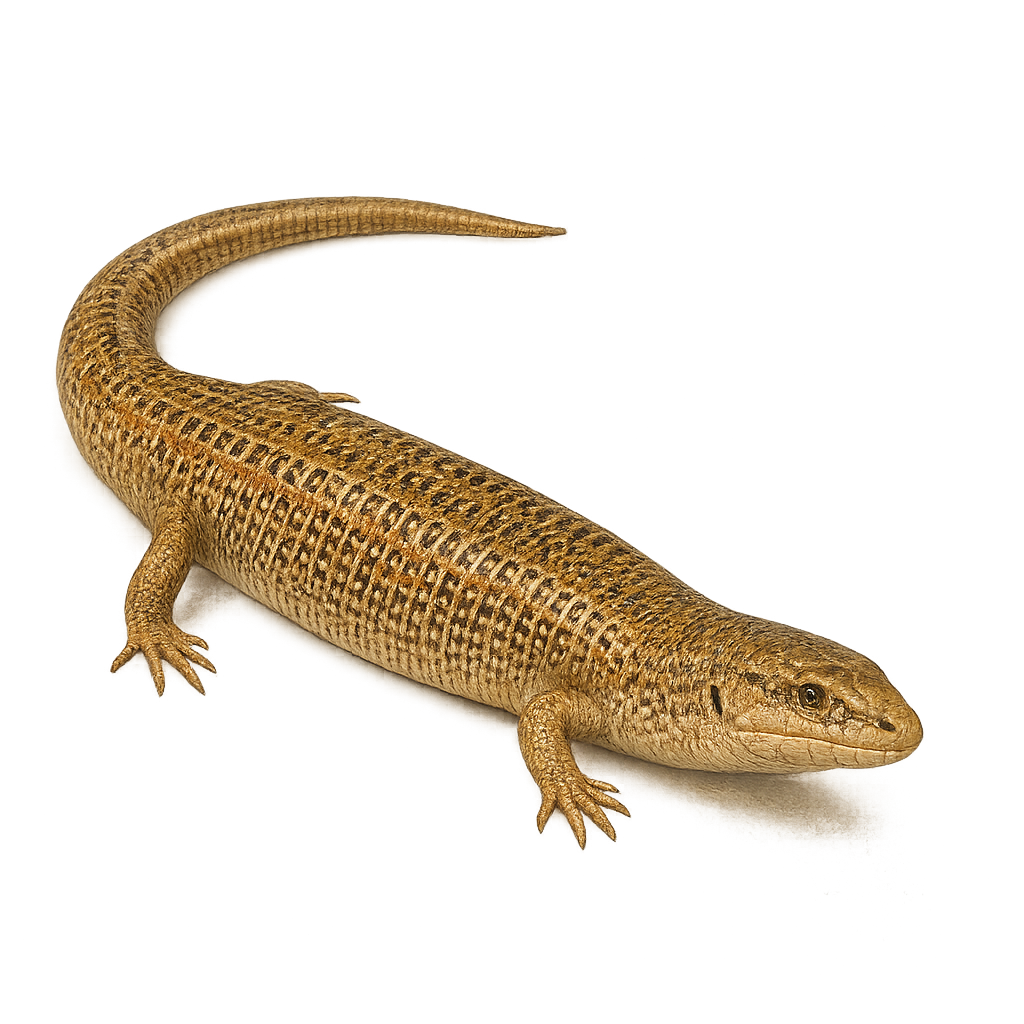Your wildlife tracking tool..
Browse 2,846species by country, track observations, and plan your photo outings.
Your global reference for wildlife photography
WildlifePhotographer gives you access to over 2,846 wildlife species sheets to help you identify, understand, and photograph wildlife around the world. Mammals, birds, reptiles… each sheet provides key information: habitat, activity, life cycle, signs of presence, and tailored photo tips.
Our database grows every week with new iconic species. To go further, access maps, reminders, logs, and personalized statistics in the app — designed to meet the real needs of wildlife photographers in the field.
Orinoco crocodile
Crocodylus intermedius
The Orinoco crocodile is a large aquatic reptile in the family Crocodylidae, measuring 3–4 m in length, with olive-green scaly skin and a heavy head. It inhabits rivers, lakes and swamps of the Orinoco basin, feeding mainly on fish, turtles and small mammals. During nesting, the female builds a vegetation mound on the riverbank and lays 30–40 eggs, guarding them for about 80 days.
Oertzen's Lizard
Anatololacerta oertzeni
The Oertzen's Lizard, or Anatololacerta oertzeni, is a small reptile belonging to the Lacertidae family. Native to the mountainous regions of Turkey and the Greek islands, it is characterized by its green and brown coloration, which allows it to blend effectively into its natural environment. This lizard is primarily diurnal and prefers rocky and sunny habitats. It feeds on insects and other small invertebrates. Although its conservation status is not of concern, it is essential to preserve its natural habitats to ensure its survival. Males and females can be distinguished by slightly different patterns, with males often being more colorful.
Ocellated Skink
Chalcides ocellatus
The Ocellated Skink, or Chalcides ocellatus, is a medium-sized lizard, typically measuring between 15 and 20 cm in length. Its skin is smooth and shiny, adorned with characteristic ocellated patterns, from which it derives its name. These patterns, often brownish with lighter spots, allow it to blend effectively into its natural environment. It is primarily found in Mediterranean regions, favoring dry and rocky habitats. Although mainly terrestrial, it can climb small surfaces. The Ocellated Skink is a diurnal animal, active mainly during the hottest hours of the day. It feeds primarily on insects and small invertebrates.
Olive ridley sea turtle
Lepidochelys olivacea
The Olive Ridley Turtle is a species of sea turtle found primarily in the warm waters of the Atlantic, Pacific, and Indian Oceans, particularly along the coasts of Central America, Mexico, India, and Southeast Asia. It typically measures between 60 and 70 cm in length and weighs between 35 and 50 kg. Its shell is olive in color, which gives it its name, and it has flippers adapted for swimming. The Olive Ridley Turtle is primarily carnivorous, feeding on jellyfish, fish, and crustaceans. It is also known for its mass nesting sites, particularly on the Pacific beaches of Costa Rica. Unfortunately, the Olive Ridley Turtle is critically endangered due to habitat loss, poaching, ocean pollution, and accidental capture in fishing nets.





